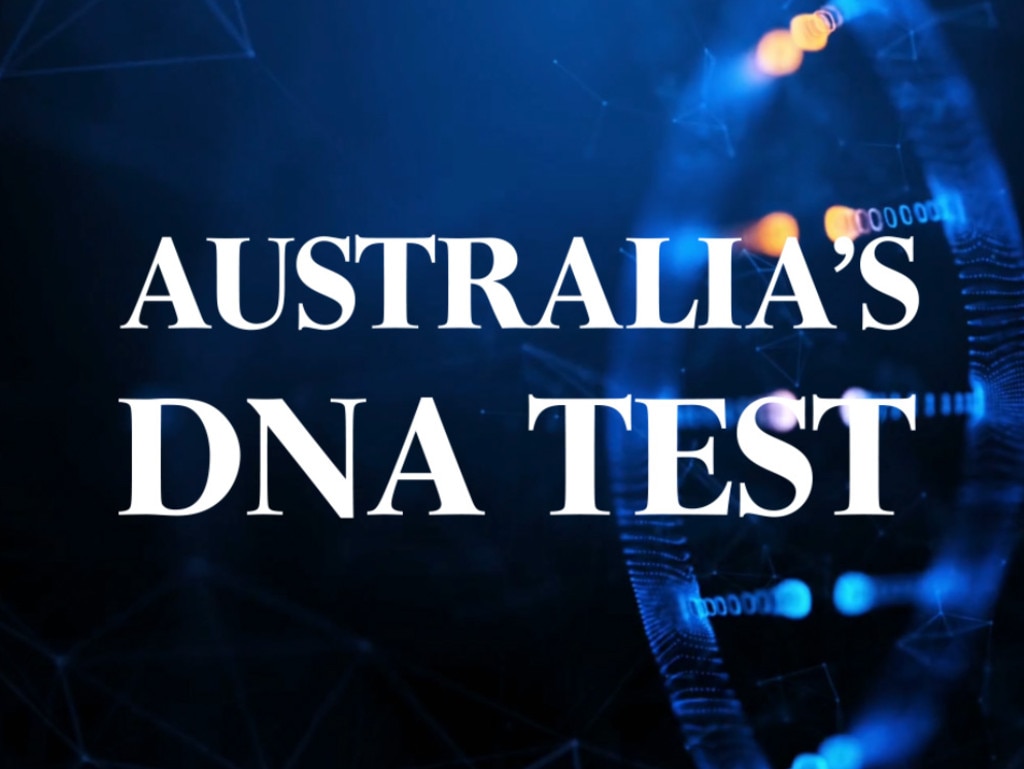Big challenges remain, but the speedier rollout of genomic medicine has begun
Australia’s implementation of genomic medicine from the realms of research to diagnosis and clinical care for patients is beginning to be fast-tracked, but big challenges remain.

Co-ordination of this large project will be managed by a new body known as Genomics Australia, and the good news is that this entity’s establishment and initial funding has been secured prior to the election, which is due in the first half of 2025.
There has been some controversy of the status and planned powers or level of autonomy of Genomics Australia, but having such a body at the commonwealth level beginning to undertake the enormous task of rolling out genomic medicine across the country and ensuring equitable access to gene screening and therapies is vital.
The Australian’s Health & Wellbeing section brought the project of genomic medicine – with all its potentials but also its challenges in implementation – to light in a major project in which the nation’s top scientists raised concerns that the country was not moving fast enough to harness the power of genomics.
Patient groups also joined to urge the federal government to make diagnosis via gene screening more widely available for certain conditions, and to speed up access to genomic medicine for patients at the clinic.
One of the main areas in which genomics is beginning to be used to great effect is in cancer oncology. But there are still big challenges with providing access to such precision therapies outside of the big cancer care institutes in Melbourne, Sydney and Brisbane. One obvious area of future focus could be linking these large centres of excellence further with a network of regional and rural hospitals to ensure everyone across the country is able to benefit from the expertise of the nation’s foremost cancer clinicians and scientists.
Telehealth has opened up great potential in this regard for regional patients and this should be used to its full effect. Indeed, it will be crucial to guarantee equity of access to genomic medicine in circumstances where expertise will inevitably be concentrated in the large centres.
There is also enormous promise on the horizon for parents stuck in diagnosis limbo with children with profound genetic disabilities and who have not been able to find out as yet the nature of their child’s condition. Nationally, the aim is to lift the diagnosis of rare genetic disease in children from the current 50 per cent to 70 per cent, and this is looking more than achievable within a decade, providing great relief to many families.
Diagnosis can also open up potential for the development of therapies, as The Australian detailed in Josie’s story. Buffalo University scientist Soo Kyung Lee, who has a daughter, like Josie, with the rare condition FOXG1, demonstrated in her quest to develop a drug how genomics may one day open up hope for those with even the most significant disabilities.
One of the biggest concerns of the more than 150 scientists and 50 patient groups who signed an open letter as part of The Australian’s series was that the nation was at risk of falling behind as the rest of the world moved to implement genomic medicine in health systems at scale.
With the establishment of Genomics Australia, the greater profile brought to genomic medicine and understanding in the community of its benefits, and increasing comprehension as to the ultimate savings genomics’ potential to prevent disease before it manifests could provide to stretched health systems, we believe this acute concern has been at least in part alleviated. Big challenges remain, especially given Australia’s fragmented health systems and its outdated medical technology approvals processes, but energy has been injected into this project, and vital momentum generated.
Preventive, population-based screening will bring large benefits if invested in, and The Australian will continue to shine a spotlight on this vital next frontier.




Australia’s implementation of genomic medicine from the realms of research to diagnosis and clinical care for patients is beginning to be fast-tracked, but big challenges remain.